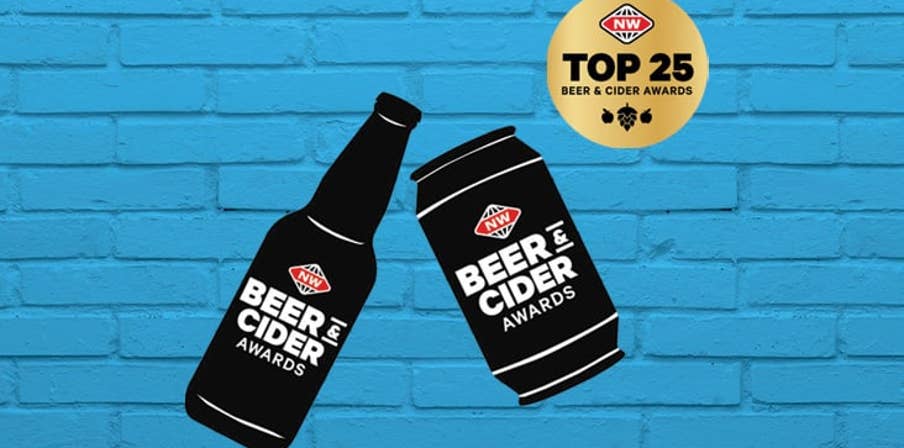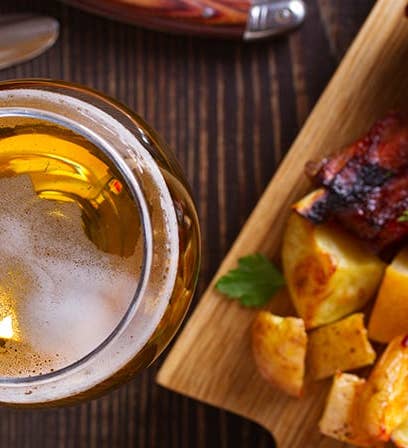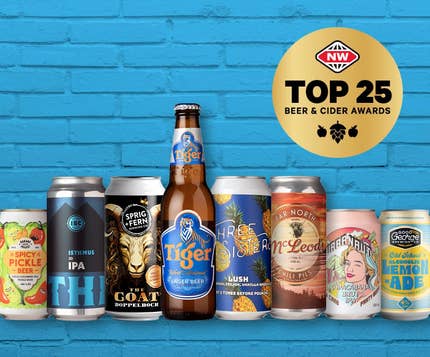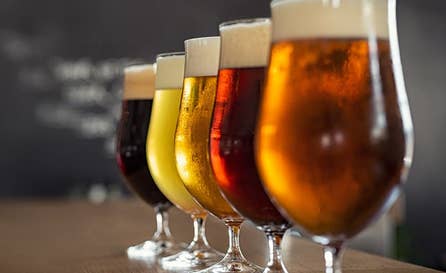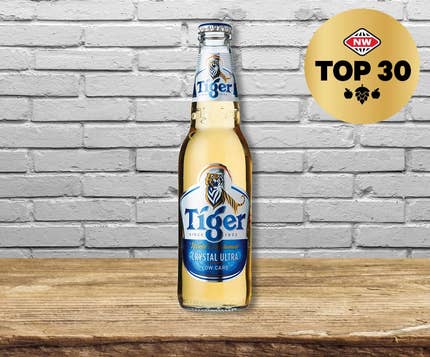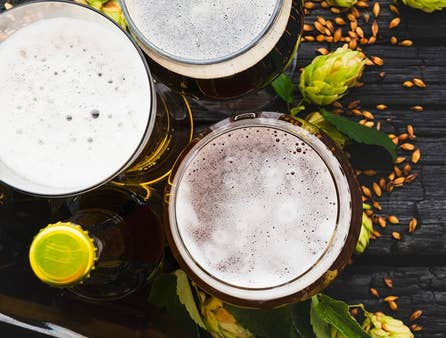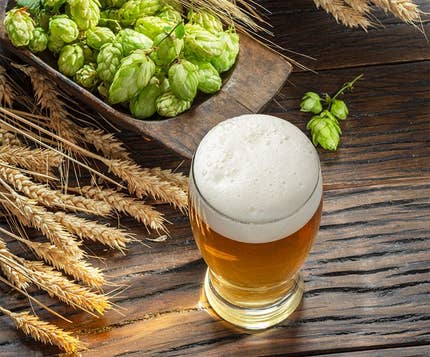New World guide to beer
Become an expert in the interesting world of beer.
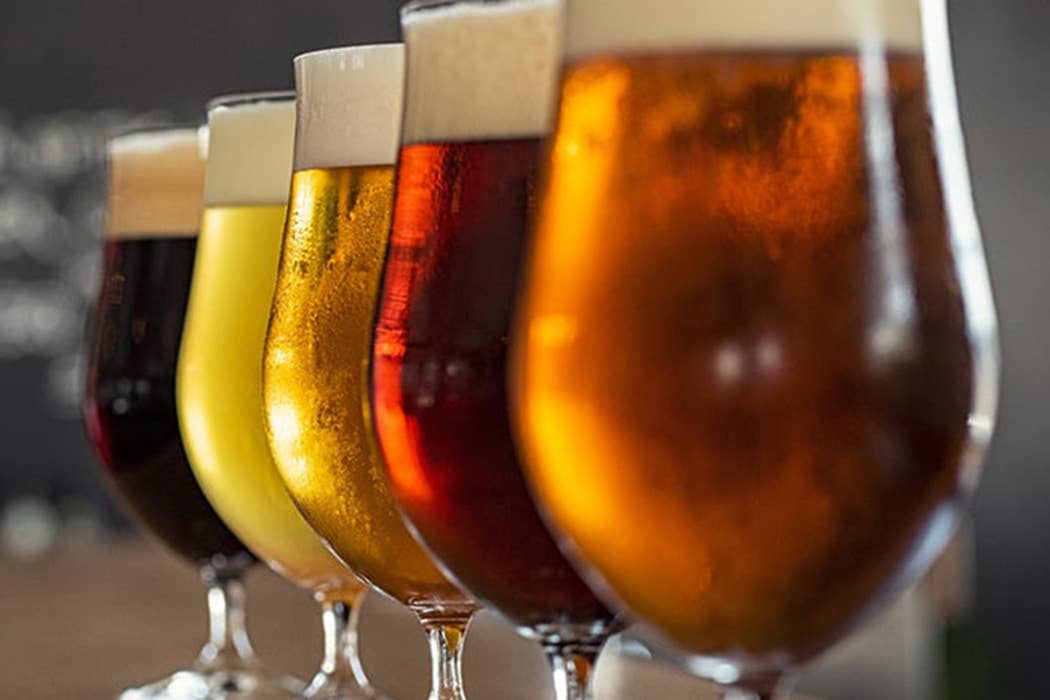
Introducing the fascinating world of beer from how it's made, storing, cellaring and serving, through tasting, food matching and glassware, to the merits of bottles vs cans, sour beer, yeast strains and more…
Build your beer knowledge
1 / 0
Low carb beers
1 / 0
1 / 0
